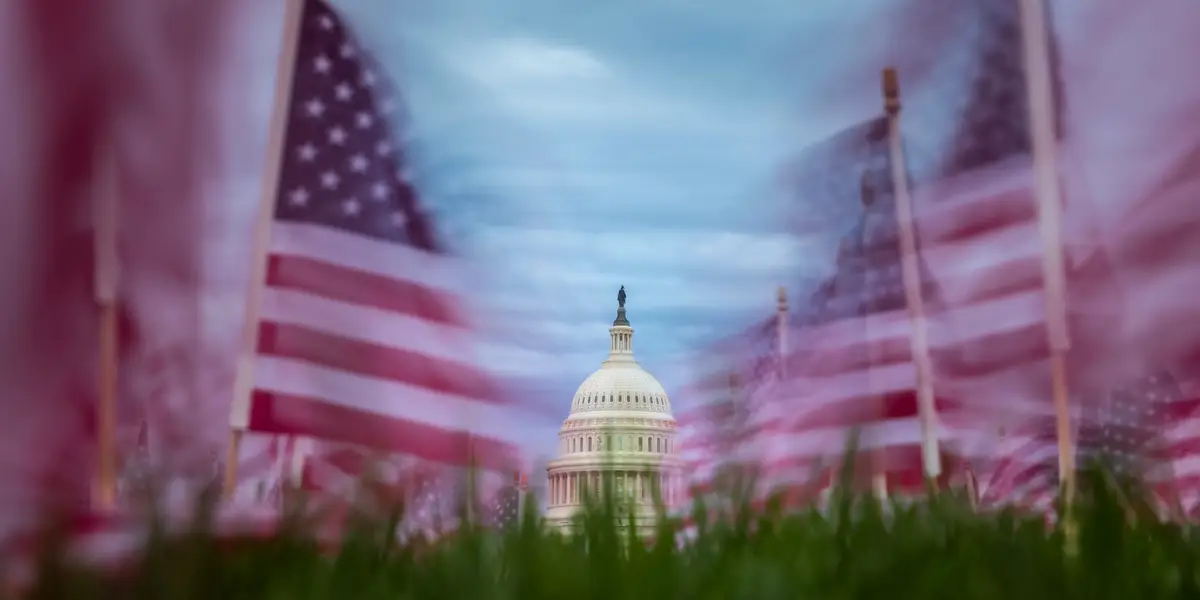Copyright Business Insider

The longest government shutdown in US history is on the verge of ending. The US Senate took an important step to reopen the government on Sunday evening as eight Democrats reached a deal with Republican party leaders on a funding bill. The impact of the shutdown, which became the longest ever last week, has been felt across the country as federal workers go without pay, airports struggle with staffing issues, and key food benefits to Americans lapse. A recent report from EY Parthenon quantifies the overall impact, with the shutdown having erased almost one month's worth of standard economic growth. "The shutdown has shaved an estimated 0.8 percentage points off quarterly GDP growth -equivalent to roughly $55 billion in lost output," chief economist Gregory Daco said. "Each additional week costs about $7 billion (or 0.1 percentage points (ppt)) in GDP." Daco added that if the shutdown were to extend for two months, the economic disruptions, particularly those from ending Supplemental Nutrition Assistance Program (SNAP) benefits and air travel decreases, could cost the US up to 1.8-2.0 percentage points of GDP growth. Related stories Business Insider tells the innovative stories you want to know Business Insider tells the innovative stories you want to know Apart from the economic hit, the disruption to the regular flow of economic data has been felt in markets, with investors flying blind when it comes to the state of the economy. More importantly, the Federal Reserve's data-dependent policymaking could be complicated by a lack of timely data, throwing a wrench in the bull case for stocks through the end of this year. "With the second consecutive employment report now missed, there is effectively no official read on the state of the labor market or broader economy," he said. "Key indicators on inflation, spending, housing and trade remain frozen, cutting off the flow of data that underpins evidence-based policymaking and market decisions." Daco acknowledged that if the shutdown ends during the current quarter, as appears likely, some of the economic losses can be recovered as spending resumes and service disruptions decrease. However, that doesn't mean there won't be a lasting impact. "Around 20 percent of the cumulative drag will be permanent, reflecting activity that simply disappears - missed restaurant meals, canceled trips and deferred services that never occur," he added.



